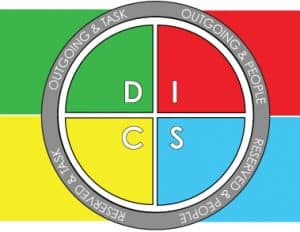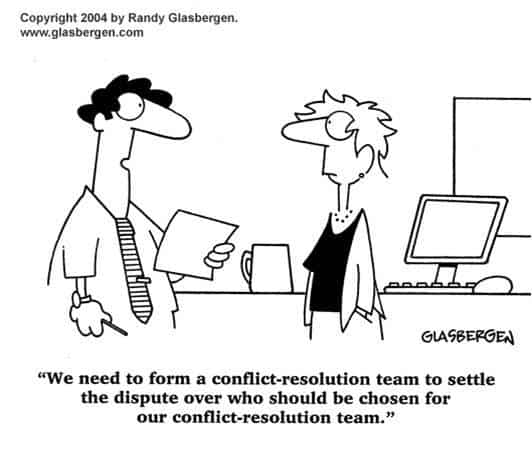March Madness usually means one thing: Basketball.
However, madness can hit anytime of the year – especially in the office. We all know how important good team communication is. We all strive to work in a harmonious environment. But – that’s not reality. It’s not all sunshine and rainbows. Conflict can arise between employees, employees and managers, employees and customers. The result? A decrease in productivity; an increase in stress; a potentially hostile environment and a loss in sales.
Don’t get me wrong. Conflict between people is normal. Healthy even. We all desire to connect with someone – we strive to build genuine and trusting relationships. However, it must start with good communication. Each of us has our own personality style and way of communicating. Often, we make assumptions of how the other person is thinking and/or how they will react to a given situation. For example, more reserved and task oriented individuals may be perceived as unapproachable or disengaged; but really, they just need more time to process information when making decisions.
Good news! There are predictable patterns in how people behave and make decisions. Once you recognize these patterns, you can connect and adapt to others more effectively. You will also be able to predict potential conflicts, and adapt strategies for resolving them. The GOAL? A better, more effective working relationship.
Let’s look at how each of the 4 Personality Styles handle conflict:
Conflict with a ‘D’ or Dominant Style
Well, they eat conflict for breakfast. They want you to be straight forward and will respect you more for it. NO EMOTIONS HERE! They’re impatient, and not likely to be sympathetic. The D Style is always focused on the task or challenge, so be prepared to come with a solution. They will implement as soon as possible.
Conflict with an ‘I’ or Inspiring Style
Piece of advice? PLEASE start any conversation about a problem with something positive. The one thing the ‘I’ Style can’t deal with is rejection. Start with a compliment about their performance or a skill, and you have their attention. They want you to listen and relate. (For you ‘D” s, this is a challenge) If the conflict is due to a missed deadline, be more specific in addressing their time management skills. They have a problem with staying focused and on-task. Keep in mind when developing a project timeline – they need more time.
Conflict with a ‘S’ or Supportive Style
Ah, the peacemakers. You may not have much conflict with the ‘S’ Styles. They strive for peace and harmony. They strive for a positive working environment. Often, when confronted with an issue, they will likely agree with you just to keep the status quo. This means nothing may ever change. It’s better to try and find a common ground and compromise on what needs to be done. That approach will give you results.
Conflict with a ‘C’ or Cautious Style
Shouldn’t be much conflict here – because they never think they’re wrong. ‘C’ types will have done the research and have all the answers. They are difficult to confront, and will try to withdraw from the situation. Start by acknowledging their efforts to date. They love to be problem solvers, so present the issue in a non-threatening way. The ‘C’ Style is methodical and incredibly organized, so they will work at a slower pace than D, I and S.
Next time you find yourself at odds with a co-worker (and there will be a next time), think about what makes them tick. Don’t try and change or “fix” them to meet your needs. Rather, accept their differences and adapt your style to better meet their needs. Awareness = Understanding = Success.

